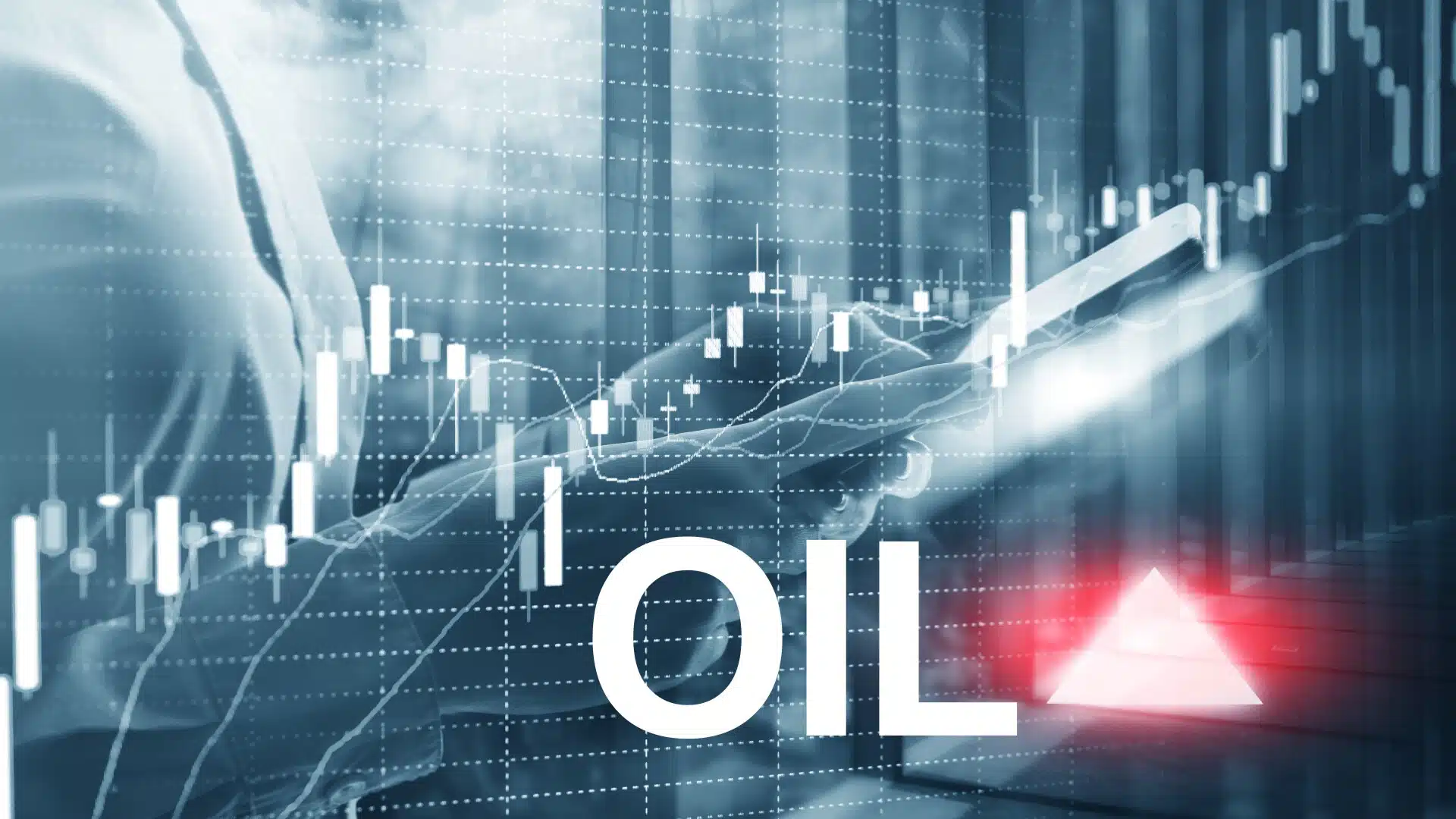Crude oil markets are navigating turbulent waters as geopolitical tensions in the Middle East and strategic production cuts by Kazakhstan significantly impact global prices. With oil prices remaining volatile, traders are closely monitoring developments that could either escalate the situation or ease tensions. This article delves into the intricate dynamics influencing crude oil, focusing on geopolitical unrest, US inventory levels, and OPEC+ strategies, along with market expectations for the coming months.
Middle Eastern Unrest and Its Impact on Oil Prices
The ongoing conflict between Israel and Iran has injected a high level of uncertainty into the oil markets. Recent reports of explosions in Beirut have exacerbated fears of further escalation. As Iran retaliates against Israel, sending ballistic missiles in response to military actions in Lebanon, oil prices have surged by nearly 1%. This geopolitical tension has created a risk premium in the market, overshadowing other economic data and leading to a speculative push in oil prices.
US Inventory Levels Surprise the Market
Amidst the geopolitical turmoil, US crude oil inventory data released by the Energy Information Administration (EIA) revealed an unexpected build of 3.889 million barrels. This was contrary to the anticipated drawdown of 1.25 million barrels. Despite this surprising increase in stockpiles, the market largely ignored the data, concentrating instead on the more pressing geopolitical developments. The sustained rise in oil prices suggests that traders are more concerned with potential supply disruptions than with current inventory levels.
Kazakhstan’s Production Cuts Amidst OPEC+ Decisions
The situation on the oil market has become even more complicated as a result of Kazakhstan’s announcement that it will be reducing its production by a significant amount as part of the OPEC+ agreement. The Kashagan field is scheduled to undergo maintenance, which is expected to result in a decrease in Kazakhstan’s output. This could potentially compensate for Libya’s production, which has resumed after the lifting of its output halt. Especially in light of the fact that Russia reportedly failed to meet its production targets for the month of September, producing 8.97 million barrels per day, these production strategies implemented by OPEC and its allies are essential to the maintenance of stable oil prices.
Analyzing Technical Trends in Oil Pricing
From a technical standpoint, crude oil prices have encountered resistance around the $71.46 mark. This level, previously tested and rejected in late September, remains crucial. Should tensions in the Middle East ease, a rapid decline or “unwind” in prices could occur, potentially bringing crude back to the $67.11 level, which served as a triple bottom support during summer 2023. Conversely, if supportive geopolitical catalysts persist, prices could aim for the January high of $75.27, with the 55-day Simple Moving Average at $72.80 acting as an interim resistance.
Future Expectations and Market Sentiment
With the oil market at a crossroads, traders are keeping a vigilant eye on geopolitical developments and OPEC+ decisions. The Organization of the Petroleum Exporting Countries (OPEC) has dismissed recent reports suggesting a potential drop in oil prices to $50 per barrel as inaccurate. As such, their coordinated production strategies remain crucial in managing global supply levels. Additionally, the strength of the US Dollar, which has been climbing, could influence oil prices, given that oil is traded globally in USD.
Navigating a Complex Market Landscape
The current geopolitical climate, combined with strategic production adjustments, presents both challenges and opportunities for traders. The interplay between geopolitical risks, inventory data, and production decisions by OPEC+ members will continue to shape the oil markets. Traders are advised to stay informed about these developments to make strategic decisions in this volatile environment. Market participants should prepare for potential fluctuations, leveraging insights from both geopolitical and economic indicators to guide their trading strategies in the weeks ahead.
In conclusion, as the oil market grapples with multifaceted influences, staying attuned to both global and regional developments will be key in navigating the ever-evolving landscape. Whether geopolitical tensions will continue to drive prices or whether inventory levels and production strategies will take center stage remains to be seen, but one thing is certain—the market will continue to react dynamically to these forces.


